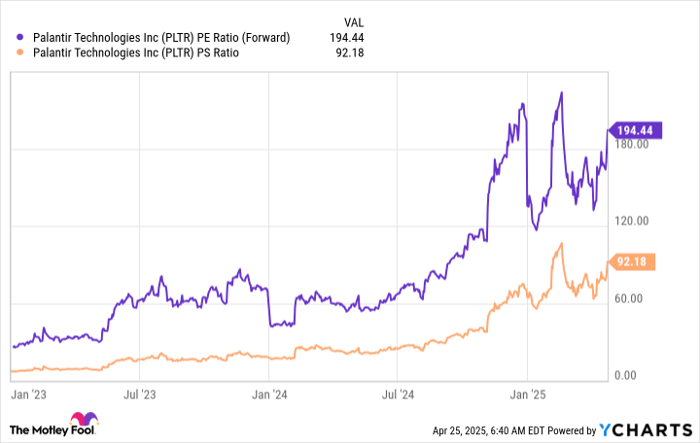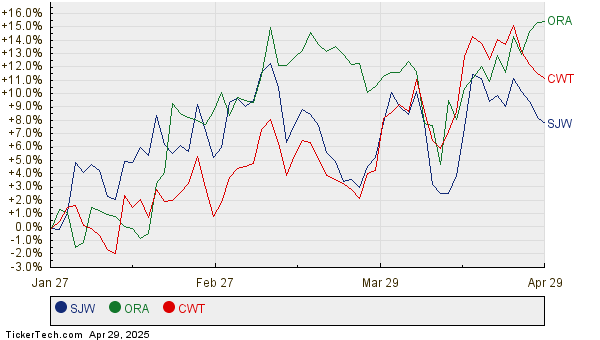eBay’s Earnings Report Analysis: Historical Performance Insights
eBay (NASDAQ:EBAY) is set to release its earnings report on Wednesday, April 30, 2025. Analyzing the stock’s historical performance following earnings announcements over the past five years indicates that eBay faced a negative one-day return in 57% of these cases. The median negative return was -7.1%, with the largest one-day drop reaching -11.7%.
For event-driven traders, these historical trends provide valuable insights. Two primary strategies emerge for managing potential risks: first, analyzing the probabilities of various post-earnings stock movements to establish a position prior to the earnings announcement; and second, examining the relationship between the immediate stock response and medium-term returns after the earnings release, enabling traders to position accordingly.
Expected Earnings and Revenue Figures
Current consensus estimates suggest earnings per share (EPS) of $1.34 on revenue of $2.55 billion for the upcoming quarter. This compares to the same quarter last year, which recorded earnings of $1.25 per share on revenue of $2.56 billion. Factors like higher inflation and weak consumer sentiment may negatively impact the company’s top-line growth.
From a fundamental perspective, eBay has a market capitalization of $32 billion. Over the past twelve months, the company generated $10 billion in revenue, achieving $2.3 billion in operating profits and net income of $2.0 billion.
Ultimately, the market’s response to eBay’s upcoming earnings will depend on how the actual financial results align with these consensus estimates and broader market expectations.
eBay’s Historical Odds of Positive Post-Earnings Return
Insights into one-day (1D) post-earnings returns reveal the following:
- There were 19 earnings data points over the last five years, with 7 positive and 12 negative one-day (1D) returns. Positive 1D returns occurred approximately 37% of the time.
- This percentage drops to 27% when looking at the last 3 years instead of 5.
- The median of the 7 positive returns is 1.6%, while the median of the 12 negative returns is -7.1%.
Additional data for 5-Day (5D) and 21-Day (21D) returns post-earnings are outlined in the table below.

EBAY 1D, 5D, & 21D Post Earnings Return
Analyzing the Correlation Between Historical Returns
A less risky strategy involves understanding the correlation between short-term and medium-term returns following earnings. This strategy is effective if the correlation is robust. For instance, if the 1D and 5D returns exhibit a high correlation, a trader could position themselves “long” for the next five days if the 1D post-earnings return is positive. The correlation data from both 5-year and 3-year histories are provided below. Note that the correlation between 1D and 5D refers to returns observed one day after earnings compared to five days post-earnings.

EBAY Correlation Between 1D, 5D and 21D Historical Returns
The views and opinions expressed herein are the views and opinions of the author and do not necessarily reflect those of Nasdaq, Inc.



